Amazing discoveries and experiences await you in every issue of National Geographic magazine. The latest news in science, exploration, and culture will open your eyes to the world’s many wonders.
What Longer Life Could Mean
Embracing Ingenuity, Constantly Evolving
PORTRAITS THAT TRULY SEE THEM • In Uganda, a photographer collaborates with women who have special needs to showcase their individuality and creativity.
THE BACKSTORY • A PHOTOGRAPHER AND A GROUP OF WOMEN WITH DISABILITIES UNITE TO COMBAT STEREOTYPES.
Red, White, and Blue Zones • EARTH’S LONGEST-LIVED PEOPLE DWELL IN FIVE ‘BLUE ZONES’—BUT THEIR HEALTHY WAYS OF EATING CAN BE FOUND IN PARTS OF AMERICA.
Toll of a ‘typical American’ diet
Forebears’ foods
LUJÁN AGUSTI
DISPATCHES FROM THE FRONT LINES OF SCIENCE AND INNOVATION
DREAM WEAVERS, IN REM • AT NIGHT, WHEN JUMPING SPIDERS ARE ASLEEP, IT SEEMS THEY SEE THINGS IN THEIR DREAMS.
From crab shells to batteries
BEST OF THE WORLD • Our annual list highlights travel destinations that educate, illuminate, and spark connections and wonder.
Dodecanese Islands, Greece
TULI BLOCK, BOTSWANA
Louang-phabang, Laos
CHOQUEQUIRAO, PERU
LIVING TO THE LIMITS • FOR A NEW SERIES ON LONGEVITY, ACTOR CHRIS HEMSWORTH TESTS BOTH ACCEPTED AND EXTREME STRATEGIES FOR ENHANCING HEALTH.
FEATURES
LIVING LONGER AND BETTER
HOW OUR CELLS AGE • Over the past three decades, biomedical researchers have identified a number of mechanisms, or “hallmarks,” of aging to explain the cellular and molecular processes that damage cells. Grouped here into three categories, nine of these are at the core of cuttingedge efforts to slow aging—the leading risk factor for many major diseases, including cancer.
FACING THE FACTS
SLAYING ZOMBIES
FOR LOVE OF MANATEES • EXTINCTION LOOMED FOR THESE GENTLE MARINE MAMMALS IN FLORIDA JUST DECADES AGO. PEOPLE RALLIED, AND MANATEE NUMBERS ROSE. BUT RECENT DIE-OFFS ARE WORRYING.
MANATEES ON THE MOVE • Florida’s manatees face an uncertain future as warming seas, agricultural runoff, and septic tank seepage jeopardize their main food source—seagrass. But human activity, in some cases, is helping. Water discharged by power plants, for example, provides an unlikely winter refuge.
GENTLE GRAZERS • Manatees evolved adaptations for harvesting and digesting aquatic plants after their land-dwelling ancestors took to water 50 million years ago. But degradation of their watery habitats puts these “sea cows” at risk.
ONCE OFF LIMITS TO OUTSIDERS, THE HIMALAYAN KINGDOM OF MUSTANG IS NOW OPENING TO THE WORLD…
BUT WILL ITS UNIQUE CULTURE, AND PRICELESS TROVE OF TIBETAN ANTIQUITIES, SURVIVE WHAT’S COMING?
THE KING OF MUSTANG WILL SEE YOU NOW
ANCIENT GATEWAY • Once a pivotal link in the Silk Road network, Nepal’s Mustang district also served as a crossroads for Buddhist scholars, dating back to the 11th century. Following one of the few routes through the Himalaya, merchants traversing Mustang traded Tibetan salt and wool for spices and grains from the Indian subcontinent until the 1950s, when China’s annexation of Tibet closed the corridor.
15TH-CENTURY MASTERPIECE • In its heyday, Lo Manthang, the Kingdom of Lo’s capital, was a center of Tibetan Buddhist art and architecture, including Thubchen Lhakhang, a temple reconstructed here in its original glory. Today, after centuries of isolation, the region is opening up, threatening the Lo-pa people’s cultural heritage.
Ramping Up Tradition • BOLIVIAN SKATEBOARDERS ARE REVIVING INDIGENOUS FASHIONS TO MAKE A STATEMENT.
MATTHIEU PALEY • FROM OUR PHOTOGRAPHERS
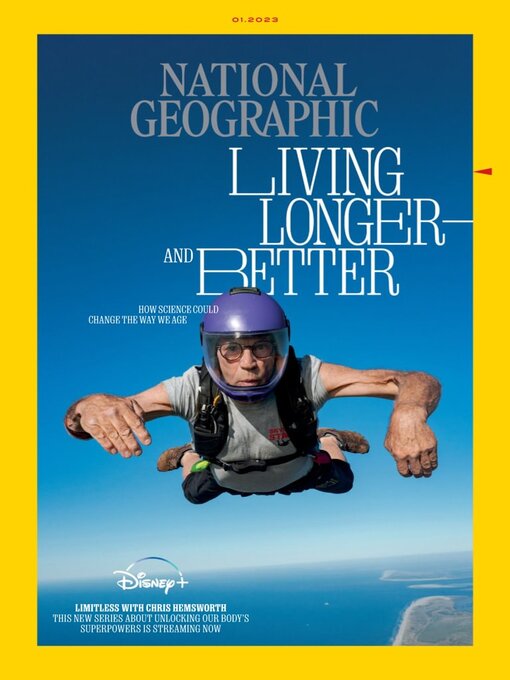
 Nov 01 2024
Nov 01 2024
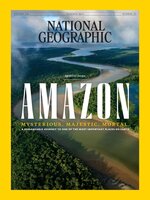 Oct 01 2024
Oct 01 2024
 Sep 01 2024
Sep 01 2024
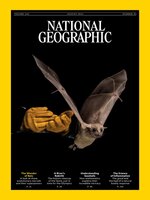 Aug 01 2024
Aug 01 2024
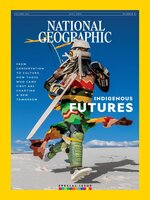 Jul 01 2024
Jul 01 2024
 Jun 01 2024
Jun 01 2024
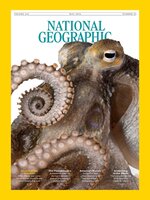 May 01 2024
May 01 2024
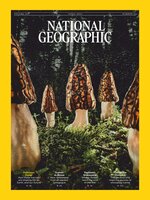 Apr 01 2024
Apr 01 2024
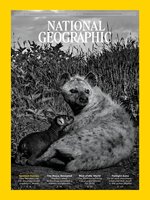 Mar 01 2024
Mar 01 2024
 Feb 01 2024
Feb 01 2024
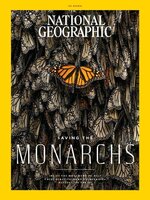 Jan 01 2024
Jan 01 2024
 Dec 01 2023
Dec 01 2023
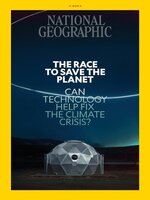 Nov 01 2023
Nov 01 2023
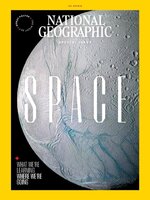 Oct 01 2023
Oct 01 2023
 Sep 01 2023
Sep 01 2023
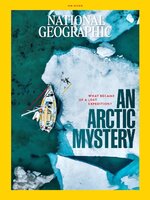 Aug 01 2023
Aug 01 2023
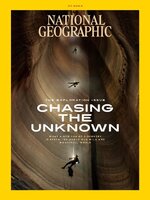 Jul 01 2023
Jul 01 2023
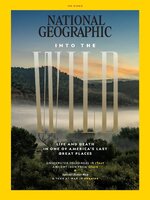 Jun 01 2023
Jun 01 2023
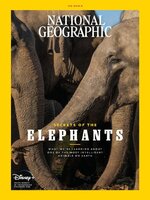 May 01 2023
May 01 2023
 Apr 01 2023
Apr 01 2023
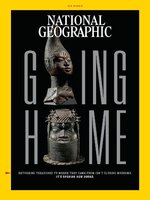 Mar 01 2023
Mar 01 2023
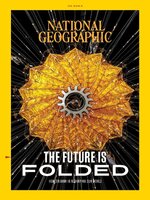 Feb 01 2023
Feb 01 2023
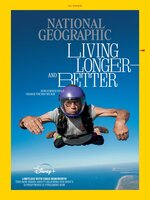 Jan 01 2023
Jan 01 2023
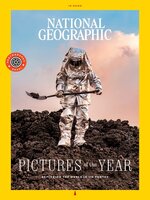 Dec 01 2022
Dec 01 2022
